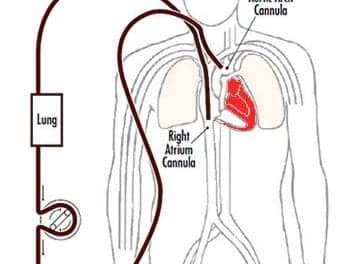A review in Circulation found that exposure to PM2.5 particles over just a few hours or weeks can trigger cardiovascular disease-related mortality and other negative health events. Longer exposure times — a year or more — increases the likelihood of cardiovascular mortality even further.
The current study is the first of its kind to split pollution by type, as well as size. Rather than simply looking at the diameter of particles, the researchers investigated the source of the pollution, for instance, coal burning, traffic fumes or wood burning.
Previous research has shown that smaller particulate matter, under 2.5 µm in diameter (PM2.5), is significantly worse for health than larger particles of 10 µm in diameter or more.
This difference is due to a smaller particle’s ability to enter deeper into the lungs and successfully maneuver within the blood system. Containing substances such as arsenic, mercury and selenium, once inside the human body, they are free to wreak havoc.
Coal Burning Emissions ‘Five Times Worse’ for Health









